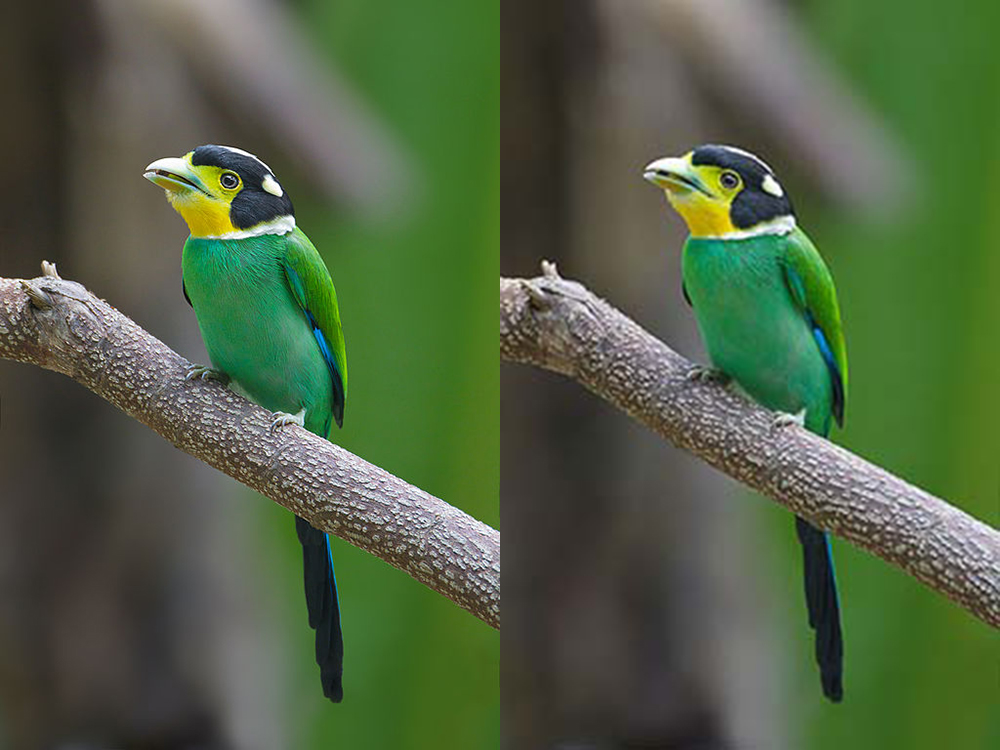What is a JPEG file?
If you’ve ever moved photographs from a digital camera to a computer before, you’ll have encountered the JPEG (pronounced jay-peg) file format. These files will end with .jpg or .jpeg.
What is a JPEG?
A JPEG is a standardised lossy compression mechanism for digital images. Digital cameras compress raw photographs as JPEG images to make the files smaller in size. It is the most common file format for photo storage.
JPEGs became popular as they save more storage space compared to older formats such as Bitmap.
What does JPEG stand for?
JPEG stands for Joint Photographic Experts Group, the original name of the committee that wrote the standard.
When was the JPEG created?
The Joint Photographic Experts Group was formed in 1986. The JPEG file format was submitted and approved in 1992. It has been around since the early days of the internet.
How does the JPEG save space?
When you save an image as a JPEG some of the data of the original image is discarded to reduce the file size.
Because the human eye isn’t that great at seeing lots of brightness differences over a small area, JPEG compression can reduce photos down to just around 10% of their uncompressed file size with very little loss of perceptible quality.
The JPEG compression format compares every 8 by 8 block of pixels that make up the image to a linear combination of 64 standard patterns.
It then determines how much weight each of those 64 patterns contributes to the 8 by 8 block of pixels. The higher frequency, more checkerboard-like, patterns have their respective weights lowered by an amount that depends on the JPEG quality setting. This results in a smaller file size.
But there’s a catch…
The higher the compression rate, the fuzzier the image becomes. For example:
When should you use a JPEG?
JPEG compressions works best with photographs because the detail in the image tends to hide compression artefacts. JPEG struggles with sharp edges and curves.
For geometric line drawings, lettering, cartoons, computer screenshots, and other images with flat colour and sharp borders, the PNG and GIF image formats are usually preferable.
How we use JPEGs on the University website
We use JPEG images for all photographic images uploaded to the University website. It is the most common image file format we use on the University website.

